Read this post on TravelFeed.io for the best experience


The village in the Russian expanses
When I go from Kostroma towards Nizhny Novgorod, I choose one picturesque road that leads through the village of Dunilovo.
The village of Dunilovo is located on the left bank of the Teza River, on the right bank is the village of Goritsy.
When I drove through this place for the first time, I did not have cameras with me and I could not take photographs, although the views were simply amazing. Then there was fog over the water surface of the river and through this fog the sun shone. And through the fog, the spiers of churches were visible, which is a large number here.

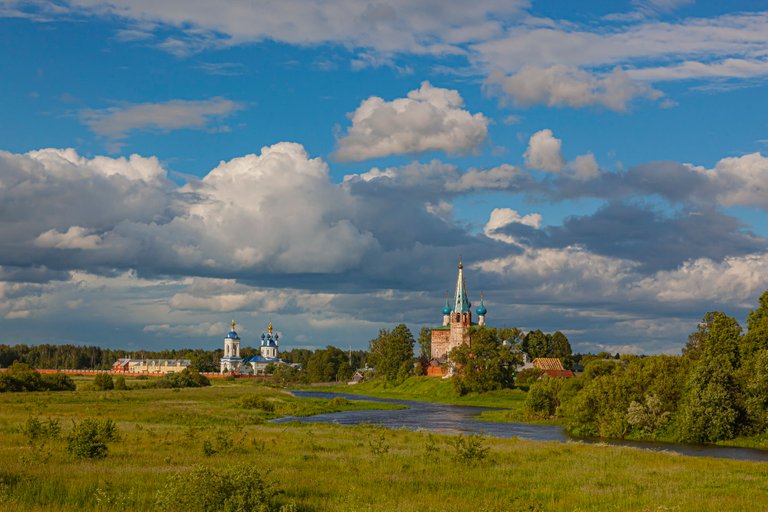
Since then, I often travel through this village and every time I see the beauty of my native land.
The history of these places is also interesting.
The villages of Goritsy and Dunilovo, located opposite each other on both sides of the river. Theses arose at the intersection of trade roads from Shui, Kostroma, Luha and Gorokhovets. Currently, both villages form a single spatial complex. The foundation of this complex was laid back in the middle of the XVI century. By this time, the first information about these villages in the spiritual letters of the princes Gorbaty.
The development of the village of Goritsy on the high right bank of the river. Theses took shape next to the princely estate located here. On the left bank, slightly upstream, at the confluence of the Kiselevka river in the Teza, the Annunciation Monastery was located. The time of its foundation is not known exactly, but at the beginning of the XVII century. it is mentioned together with the palace village Dunilov, which has sprouted next to it. The monastery, as it were, controlled the road leading from Kostroma to the crossing between both villages. The village of Dunilovo is obviously formed as a monastery’s posad, along a road suitable for crossing from the town of Shui. Posad is developing by the beginning of the XVII century. becomes a rich commercial and industrial village. The convenient location of both villages on trade routes contributed to the early development of trade and various crafts, which was combined with the agricultural employment of part of the peasantry. The commercial and industrial orientation of these villages did not change after the ruin of the troops of the Polish interventionists at the beginning of the 17th century.
The initial direction of the development of Dunilov took shape along the Shuisk road along the low bank of the river. The huts looked at the road and the trading area at the foot of a small hill. The compositional emphasis of the buildings was two wooden churches, towering on a hill above the bargain. From the description of the village in 1632 it is known that one of the Pokrovskaya churches was hipped, and the other All-Svyatskaya was cage. Near the churches on the trading floor were 37 shops, 7 barns, 40 canopies, 16 regiments, 2 tavernas, 4 forges and 3 malt houses.
The second guide in the layout of the village was the road from Gorokhovets. Both roads - Shuiskaya and Gorokhovetskaya - formed radii intersecting at bargaining. Thus, the village plan acquired a radial-centric structure, which was developed in the general surveying projects of the late XVIII - early XIX centuries.
The Annunciation monastery with a wooden tented church and cells located around it played the role of the second compositional emphasis in the development of the village. In the organization of development in the southwestern part of the village, the monastery complex and churches at the bargaining acquired the importance of flank dominants on the sides of the trading area developing along the river, partly determining the direction of street building orders located between them.
The stone chapel, commemorating the "pestilence" in 1654 at the bridge connecting the two villages, marked the northern border of the square.
In contrast to Dunilov, the trading area of the village of Goritsy, which was formed near the wooden tent church of the Nativity of the Virgin (1624), was completely opened towards the river and the neighboring village. The silhouette of the Nativity Church played an active role in the panorama of both villages, which contributed to the creation of a common spatial complex for them in the early stages of the development of the building. In the second half of the XVII century. this spatial unity is consolidated and further developed due to the economic flourishing of both villages. At this time, along with agricultural products, cloth, canvas, and fur coats were delivered from Dunilov to Moscow. In a village, as in a small town, the population receives craft differentiation. Here live kalachniks, sheepskins, etc.
In 1675, in the monastery, on the site of the old wooden church, a new brick Cathedral of the Annunciation was built, a massive two-pillar five-domed quadruple with two aisles at the side facades. To the north-east of it, on the edge of the shore, there is a high hipped bell tower, on which the "Russian clock" was arranged. By this time, the monastery was finally included in the structure of the palace village.
Around 1685, Dunilovo passed into the estate of the boyar F.A. Lopukhin, the father of the first wife of Peter I, during which construction activities were launched here. To the north of the convent of the Annunciation, behind the stream, he founded the Assumption Monastery, later nicknamed the Sparrow Desert. Thus, in the development and silhouette of the village, a tendency to form along the river appeared, but this did not receive further development.
By 1704, instead of the old wooden church of the Intercession, a brick one was erected at the trading square, also commissioned by Lopukhin. A little later, in 1742, the All-Saints Church was built of brick. The architecture of the Pokrovskaya church with a five-domed finish over two rows of decorative kokoshniks, with a large elegant refectory and a high tented bell tower fully follows the traditions of Russian architecture of the mid-17th century. On the bell tower of the church were installed "German" clock.
Almost exactly in the same forms, a few years later, in 1760, the Church of the Nativity of the village of Gorits was rebuilt with the original framing of windows from painted and relief tiles. It is interesting that the customers of this church were no longer the owners of the village, but its inhabitants - the wealthy trading peasants Tsyganovs and Kholshchevnikovs.
By the beginning of the XIX century. the ordinary buildings of the villages were high huts on the basements with carved windows and roof overhangs. The development of leather, furrier and textile manufactories in both villages and trade has been making since the mid-19th century. new features in their development. Brick buildings of a commercial and industrial nature appear, the appearance of which is close to the traditional architecture of local barns and shops.
In the second half - the end of the XIX century. peasant brick houses are being built, the facades of which are decorated with details taken from both late classical architecture and local church architecture.
Among the residential development of Dunilov, the estate of the wealthy merchant Balin, set on the northwestern border of the square, near the bridge, stands out especially. This typically manor house eclectic in architecture of the second half of the 19th century. uncovered from the side of farm buildings to the picturesque river valley and the neighboring village of Goritsy.
In the middle of the XIX century. instead of the chapel, the Cross-Exaltation Church is being erected in the forms of the “Byzantine-Russian-Russian” style prevailing at that time. Somewhat earlier, the complex of the Intercession and All-Saints Churches on the southern border of the square was completed in the form of a rich brick fence with gates, porticoes and turrets in the corners. A modest chapel was erected to the west of the churches along the axis of the square. The complex of churches in the village of Goritsy, which included the Church of the Nativity and the Ascension Church built in 1800, was surrounded by a brick fence with a wrought-iron grating.
Such is the appearance of the central part of both villages, the artistic basis of which are religious buildings of the 17th — beginning of the 19th centuries, the existing layout and ordinary development of the middle and end of the 19th century.
The presented picture is complemented by two churches in the territory abolished in the XVIII century. Sparrow desert. The most interesting of them, Uspenskaya (1819), was built in the style of classicism with a second-world rotunda and a high dome, which housed a five-dome rare for such a structure. The church is clearly visible from the high bank of the village of Goritsy, actively participating in the formation of a rich long panorama of Dunilov. To the south-west of Dunilov, behind the ravine, in 1832, the Church of the Transfiguration was erected in the cemetery, the significance of which in the general silhouette of the village is small.
By the end of the XIX century. the village consisted of 254 yards and 1272 inhabitants. It housed 8 furrier factories, a tavern, a school and 3 inns ”




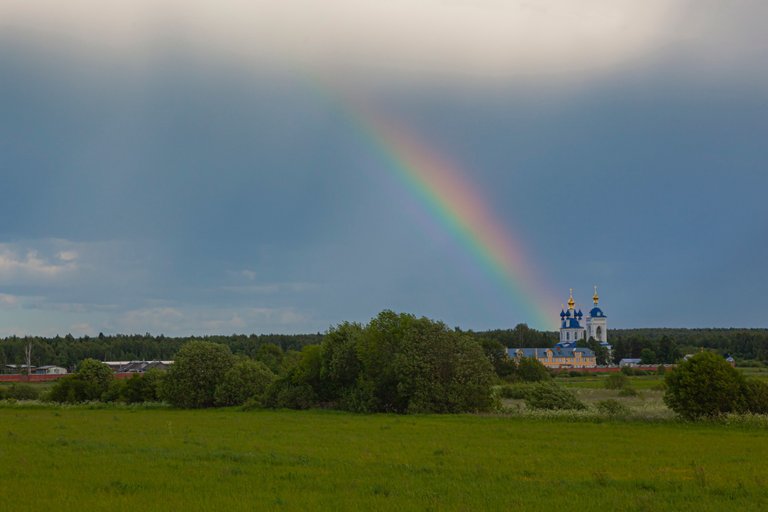
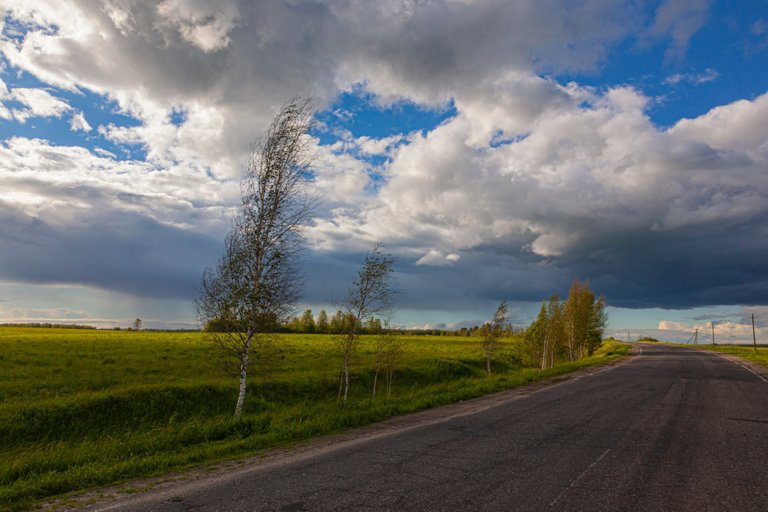
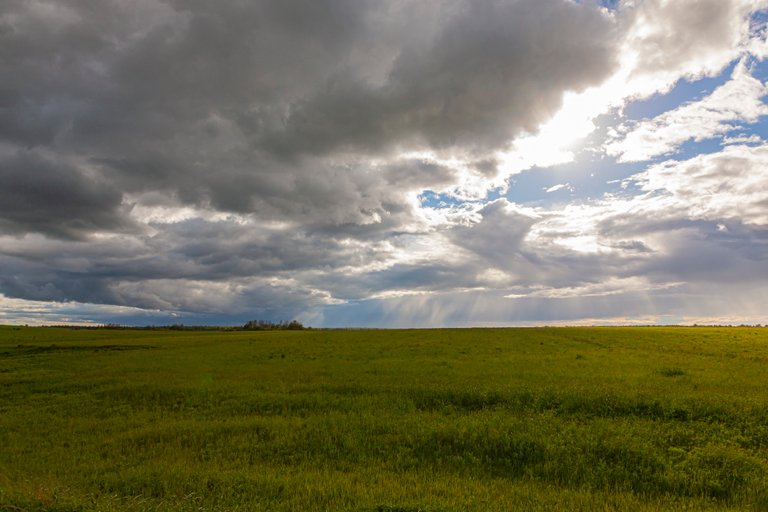
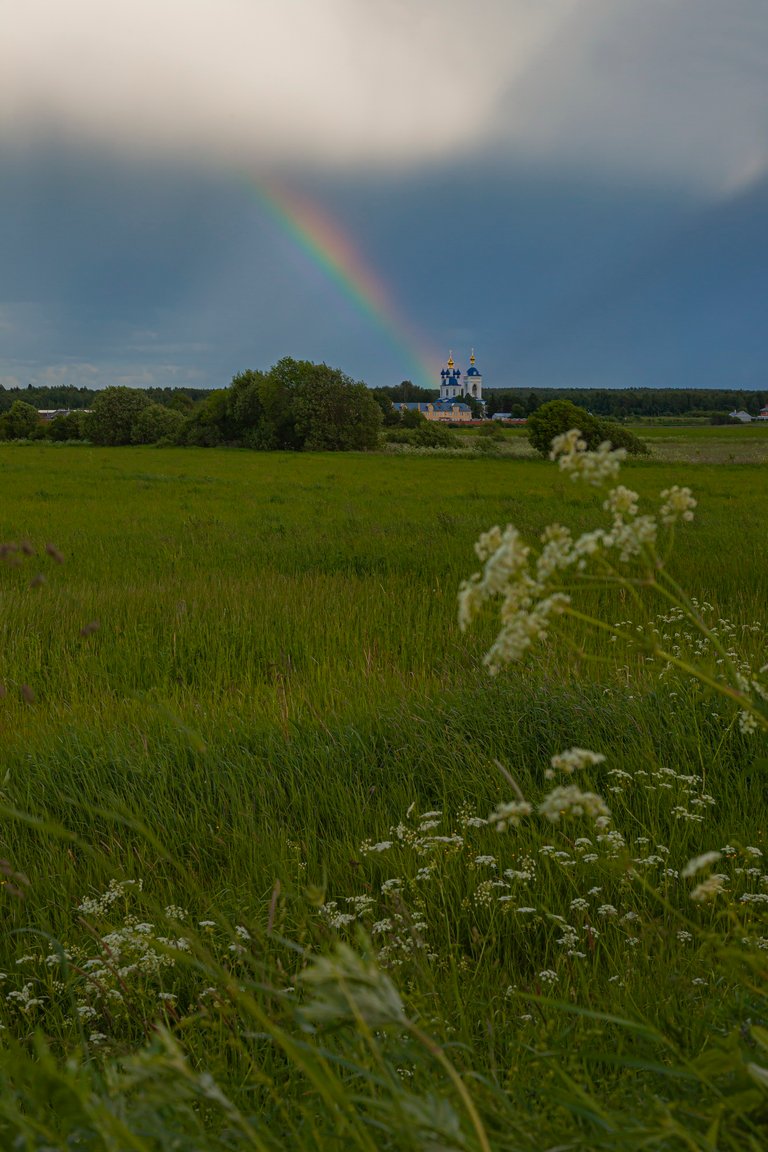
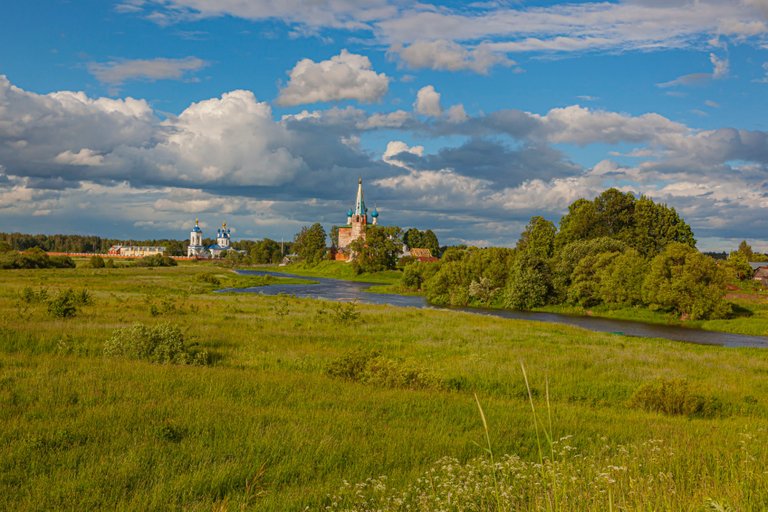

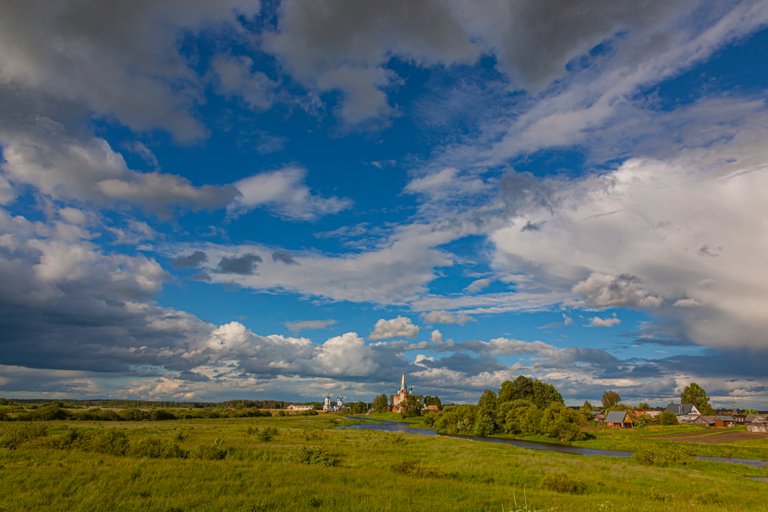
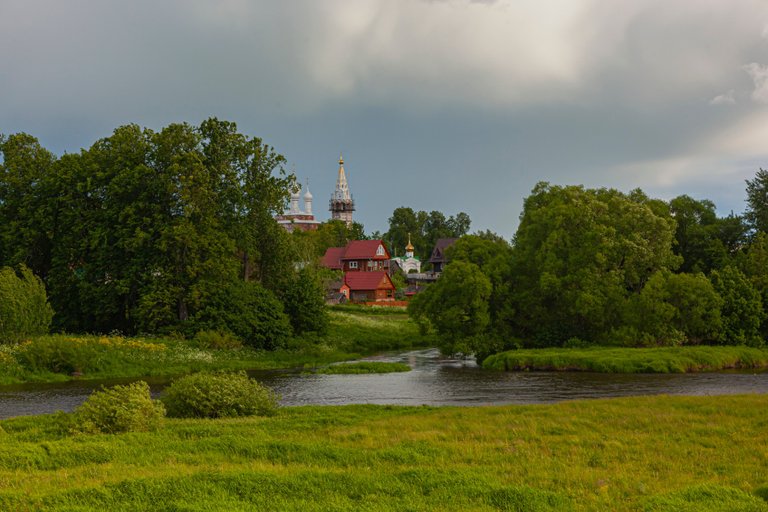
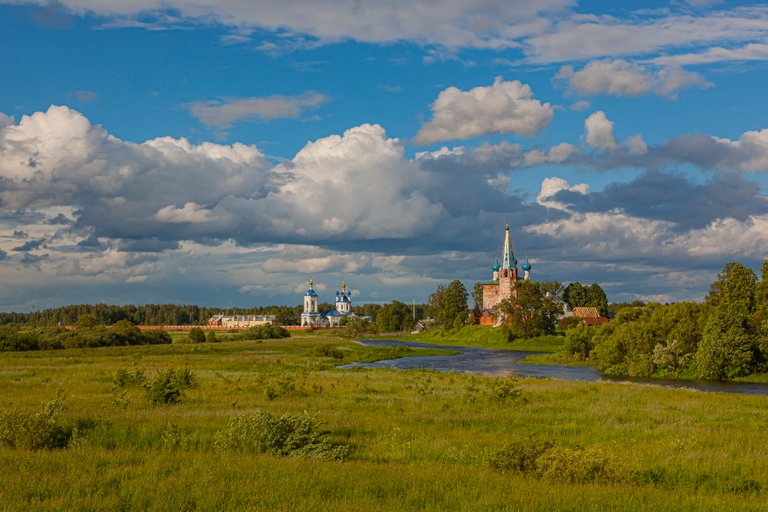
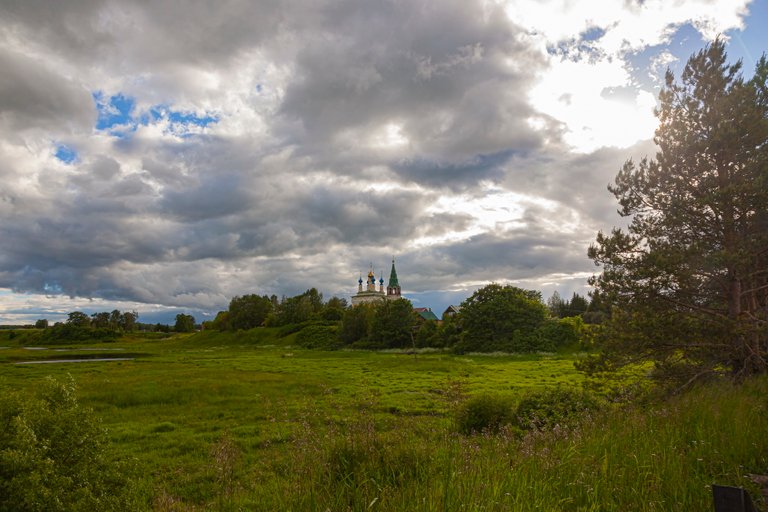
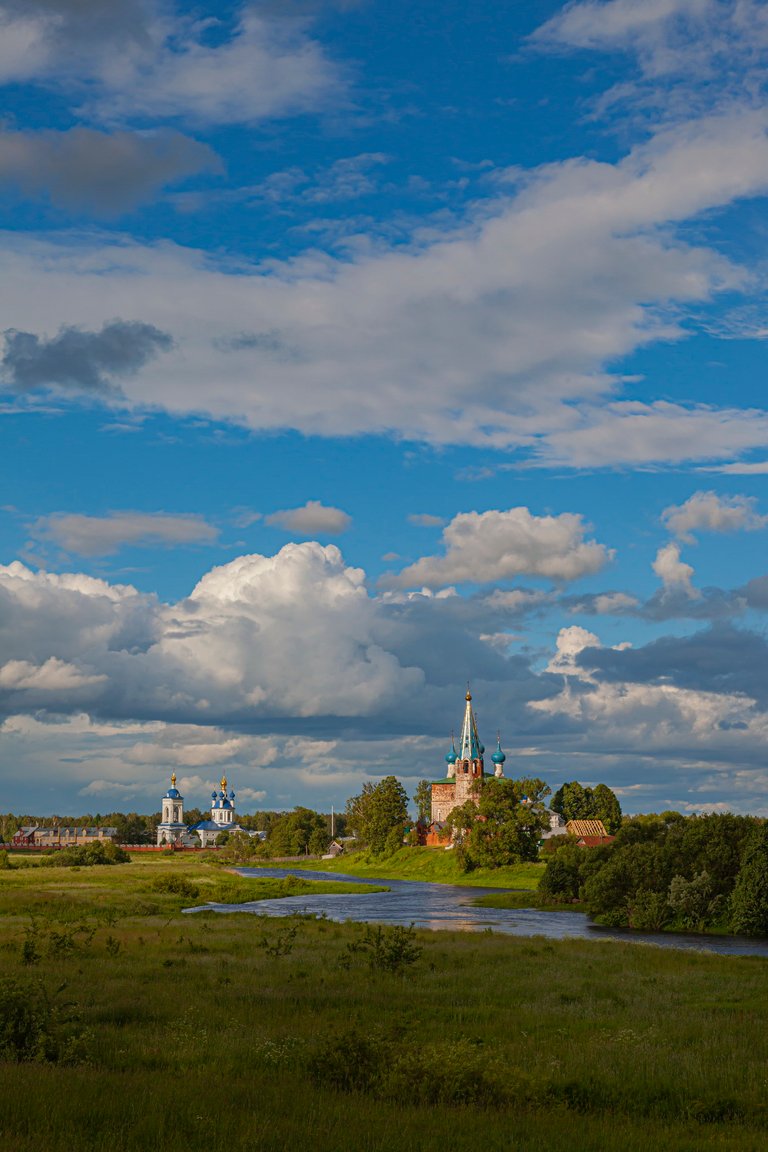

View this post on TravelFeed for the best experience.
Source
Direct translation without giving credit to the original author is Plagiarism.
Repeated plagiarism is considered fraud. Fraud is discouraged by the community and may result in the account being Blacklisted.
If you believe this comment is in error, please contact us in #appeals in Discord.
Please note that direct translations including attribution or source with no original content is considered spam.
Warning! This user is on our black list, likely as a known plagiarist, spammer or ID thief. Please be cautious with this post!
If you believe this is an error, please chat with us in the #appeals channel in our discord.
Confirmed. This post is not original content starting with the phrase "The villages of Goritsy and Dunilovo".
Source: http://nataturka.ru/muzey-usadba/dunilovo-dostoprimechatelnosti.html
Direct translation from Russian to English.
Congratulations, your post has been added to Pinmapple! 🎉🥳🍍
Did you know every user has their own profile map?
And so does every post as well!
Want to have your post on the map too?
Congratulations @amikphoto! You received a sweet smile from TravelFeed. We love your work so keep up the good job. 😊
Thanks for using TravelFeed!
@elsaenroute (TravelFeed team)
PS: TravelFeed is in social media to reach out more people, follow us on Facebook, Instagram, and Twitter.